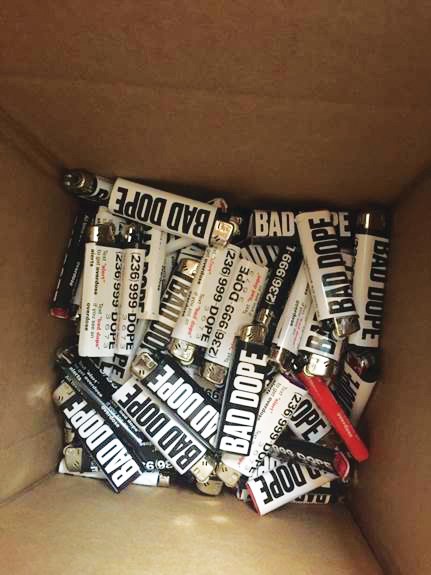Front-line agencies and others dealing with addictions and mental health on the Sunshine Coast are hoping to get funding to establish a community action team (CAT).
“The Sunshine Coast region has experienced an increase in illicit drug overdose deaths, similar to other areas of B.C.,” said medical health officer Geoff McKee in a written statement for Coast Reporter. “In 2017, the Sunshine Coast Local Health Area (LHA) had one of the top three highest rates of illicit drug overdose deaths among LHAs in Vancouver Coastal Health. This rate was below the provincial average of 30.1 illicit drug overdose deaths per 100,000 population; however, it is still high. We have continued to see illicit drug overdose deaths on the Coast in 2018, thus creating an impetus for community collaboration to enhance our response.”
Community action teams are part of the plan from the Ministry of Mental Health and Addictions that included setting up the Vancouver-based Emer-gency Overdose Response Centre in 2017. Six million dollars has been set aside in 2018-19 and 2019-20 to establish CATs in B.C. The Sunshine Coast CAT could be eligible for up to $75,000.
According to the ministry, “community action teams will spearhead local coordination and communication to mount a robust response to the needs of those most at risk of overdose.”
Chris Van Veen, director of Strategic Initiatives and Public Health Planning at VCH, calls the overdose crisis the greatest public health emergency B.C. has ever seen and said the overdose and overdose death statistics are “unacceptably high” in all the health authority’s regions.
“We’ve been going in community-by-community to help ensure they have the services that they need and that we’re mounting a cross-sectoral, whole community response to the overdose crisis,” Van Veen said. “In the past what’s been the missing piece has been engaging all the stakeholders.”
Van Veen said community action teams can fill that gap by including and engaging with public safety officials, non-profit service providers, local health care providers, and local governments “to include everyone in the planning and to learn together and collaborate on collective impacts so that we’re all rowing in the same direction.”
Van Veen said the CATs that have already been established, including one in Powell River, have worked well. “Looking at the projects that are coming out of it, looking at the amount of awareness that’s being raised through these teams, the organizations that are at the table, the new partnerships that are formed – for me that kind of community development is really the benefit of these teams.”
Sechelt council voted July 4 to offer a letter of support for the funding application, which Coun. Alice Lutes said would have the Community Resource Centre as the lead agency. If the funding comes through, the Resource Centre would also be responsible for hiring a coordinator.
The proposal also came up briefly at Gibsons council’s July 10 meeting where, in a written report, Coun. Silas White said he’d represented the Town at CAT planning meetings where the situation on the Sunshine Coast was described as “severe.”
Neither VCH nor the BC Coroners Service publicly release Sunshine Coast-specific data on overdoses or overdose deaths, but VCH did offer some other statistics to illustrate the situation on the Sunshine Coast and the response.
According to statistics passed on to VCH from BC Emergency Health Services, there were 79 calls to 911 reporting an overdose in 2017, and 43 as of June this year. Those numbers also include alcohol poisoning and other types of potential poisoning.
A total of 675 take-home naloxone kits have been ordered so far in 2018 and a report to Sechelt council on the CAT initiative also said more than 700 clients have used the local needle exchange.
McKee said as part of his statement that VCH is “continuing to explore new ways to share data with our community action teams and local stakeholders to support the ongoing response.”



